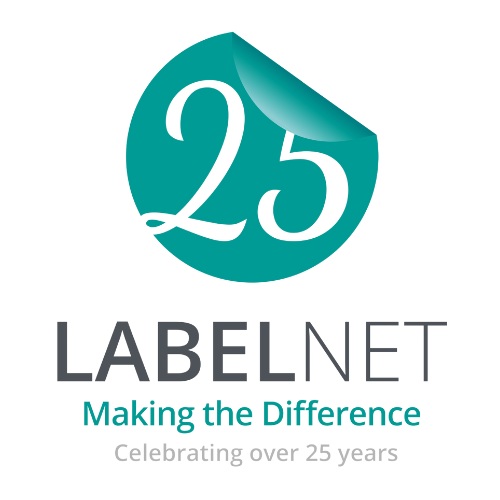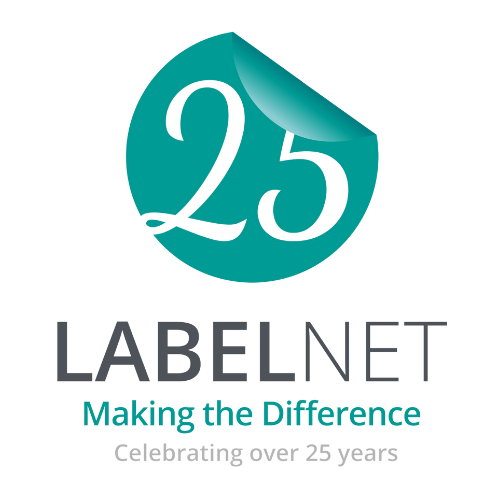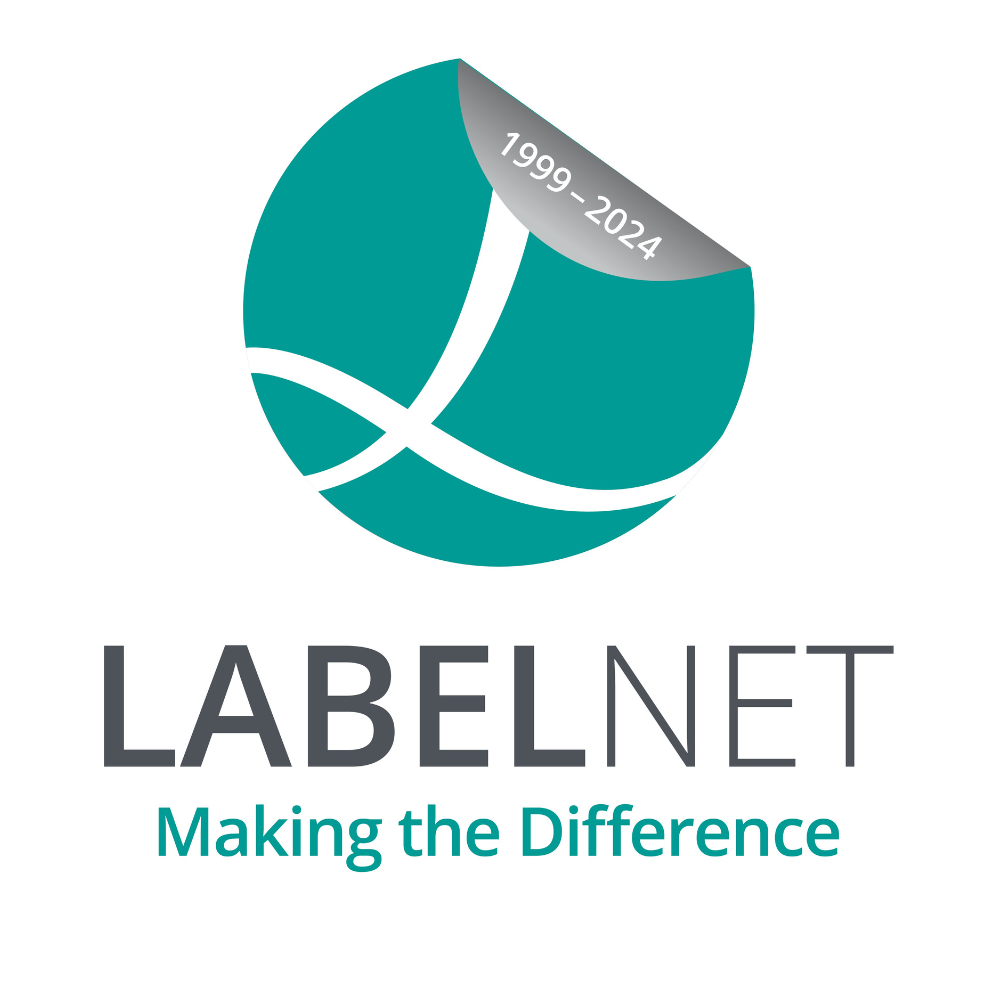
When it comes to dressing your beer bottles choosing the right colour, style, material and artwork for your beer label, is vital to ensure your bottles jump out on the shelf and attract your customers attention. With so many beer companies out there and craft beer becoming increasingly popular, the competition is bigger than ever.
So, if you finally have mastered your thirst quenching, refreshingly delicious brew, and don’t know how to market your brand to entice your buyers, then this article should give you some pointers on where to start with creating the perfect beer label.
This will guide you through everything you need to know to create a catchy and memorable beer label that you and your customers will love.
Step One: Create your brands identity
Before you go in and start designing your beer labels artwork, you need to decide your brands identity which includes the logo, the colours and who you want to attract to your product.
- What is your product? This doesn’t just mean ‘beer’, but ‘what beer?’ – is a light beer, a German ale, an English lager? Why should people choose you over your competitors?
- Who is your ideal customer? Narrowing down your target audience will help identify your brand. What do you want your beer to say? Will it attract the younger generation at festivals, or devoted pub drinkers of the older generation?
- Where are they buying your product? Will your beers be selling in a large supermarket, online or at a local beer festival? What will they sell for at your chosen source? This will play a part when deciding if you want a luxury label with all the embellishments and finishing touches, or a more cost-effective label for a budget brand.
- What colour is your brand? Deciding a colour or two for your brand is as important as designing the company logo. A colour can change the way a label looks and keeping your brand colour consistent is the first step to becoming a recognised product.
Step Two: Beer bottle vs beer can
Your next decision is whether you will be producing your beer in a glass bottle or an aluminium can. This may depend on if you’re producing a craft beer, you may want to opt for a beer can due to their popularity at festivals and for trendy youngsters. Or a glass bottle may portray a more premium looking beer to sell in pubs or supermarkets. It really comes down to personal preference and what works best for your audience so do your research before making a decision.


Step Three: Choose your colours
You would have decided on your brands colour already through the logo and what colours you want to work with that. You may decide to have different colour labels for each beer type you offer, or to keep the colour scheme simple. Colour is a great way to spark an emotion in people, and as a way to communicate your brand at a glance. Your beer label colour will also need to look good against the colour of the bottle or can which you have selected.
Green beer bottles are selected less regularly by craft brewers due to its popularity with household beer brands such as Heineken, Stella Artois and Carlsberg; but that doesn’t mean to say that you can’t opt for green. If your brand is full of colours from the rainbow however, this may not look pleasing on the eye against the green glass.
Brown bottles are often used for ales and provide a neutral background for your label making it ideal for any colour you choose.
A clear bottle will show off your brew, enabling your customers to identify what variety of beer you are selling and can be dressed up with bright bold colours.
Once you have decided on your bottle colour, (or aluminium can) your brand colour scheme should work with this perfectly.



Step Four: Select your label shape and size
There are thousands of shapes and sizes to consider for your beer label so before you start on your artwork make sure you trial your shape to fit your chosen bottle or can.
Do you want your label to wrap around the entire bottle? Will it be a custom shape that needs die-cutting to make your label stand out (this may increase the printing cost)? Will you have two separate labels for the front and back of your bottle? And does it require a label for the neck of the beer bottle? Have a look online at what other breweries do, and work out what works best for you.
Step Five: Typography
Choosing the right font can help make your beer label stand out and communicate your brand’s personality. If you have opted for a premium looking label, you may want italic, fancy text. If you’re a craft brewery selling to a young audience, you may want something a bit bolder and really fun looking. Trial some different text styles to figure out what looks best and make sure the readability of the text is clear. You want your customers to be able to read your brand name so that they remember you, and can read the ingredients so that they can make an informed decision when purchasing.
Step Six: Style your label
Choosing a style for your beer label will be the pinnacle point for your artwork design. Choosing a cartoon-like illustration may be bold and eye catching and ideal for bright colours. A photograph or hand drawn image may portray a label with more sophistication, for a luxurious label.
Style will come down to your chosen target audience. You may want a minimalistic label with a basic cartoon mascot, or just a plain graphic design to keep it simple. Sometimes less is more.
Once you have decided on the style of your label you can choose your imagery to go with this. If you are using unique ingredients you may want to use to this as an image, if you’re patriotic and want to show off where your beer is brewed an image of your home county may be used, or perhaps a recognised animal from your country.




Step Seven: Choose your words wisely
What wording you decide to use on your beer label will grab your customers attention. You may want some words to be bold and stand out, and the language you use needs to talk to your audience. Make a list of the best words that describe your beer and select the best ones. Some common keywords which are used which may help inspire you are:
- Brewed
- Handcrafted
- Mellow
- Crisp
- Bitter
- Blonde
- Full-bodied
- Smooth
- Rich
- Hearty
- English
- Micro-brewed
- Traditional
- Organic
- Aged
- Irish
- Refreshing
Step Eight: The small print
Ensuring you have listed certain ingredients of your beer on the label is vital, and don’t forget that beer is a mind-altering substance with legal requirements surrounding its sales. Here’s what you should to display on your labels:
- Alcohol Content – what percentage of alcohol is in the beer
- Net Contents – amount of beer in the bottle
- Legibility – text must be readable with a minimum font of 6 and on a clear background
- Beer type – whether a pale ale, a bitter or lager you must display this on your label
- Name and address: you will want to display your name for marketing reason and your address so your fans can send you drunken love letters
Step Nine: find your graphic designer
If you’re not an expert in art, rather than choosing the cheapest option and designing your own label, you are best to find a graphic designer to draw up your artworks so that it looks professional and is print ready for when you get in touch with your label supplier to place an order.
Depending on your budget will be a factor on where you find your graphic designer but you can find eiter a freelancer or a cheaper designer through a crowdsourcing contest on websites such as 99designs. If you have a larger budget hiring a design agency could be an option for you.


Step Ten: get in touch with your label supplier
For all UK breweries looking for the ultimate beer labels, Labelnet can help with your order from start to finish producing high quality labels with unique finishes to set your labels apart from your competitors.
Your label experts can advise you on the best materials to use for your label design, from coated paper, silver polypropylene, or textured craft paper there are endless options. What’s even better is finding the right label supplier can offer you premium embellishments such as hot foiling to create metallic text or images, embossing to add a 3D effect to part of your label or screen printing for a high build glossy print perfect for creating a stamped image.
Your label may be perfect for digital printing if using vibrant colours and needing a fast turnaround, or flexographic printing for larger orders and CMYK colours.
Don’t worry if this is mind boggling to you because your label supplier will help you step by step through making your final label decisions and can even offer a trial run of your labels before you commit to your order.
For further help with your label order please get in touch and our team will be happy to help 01277 364964.



